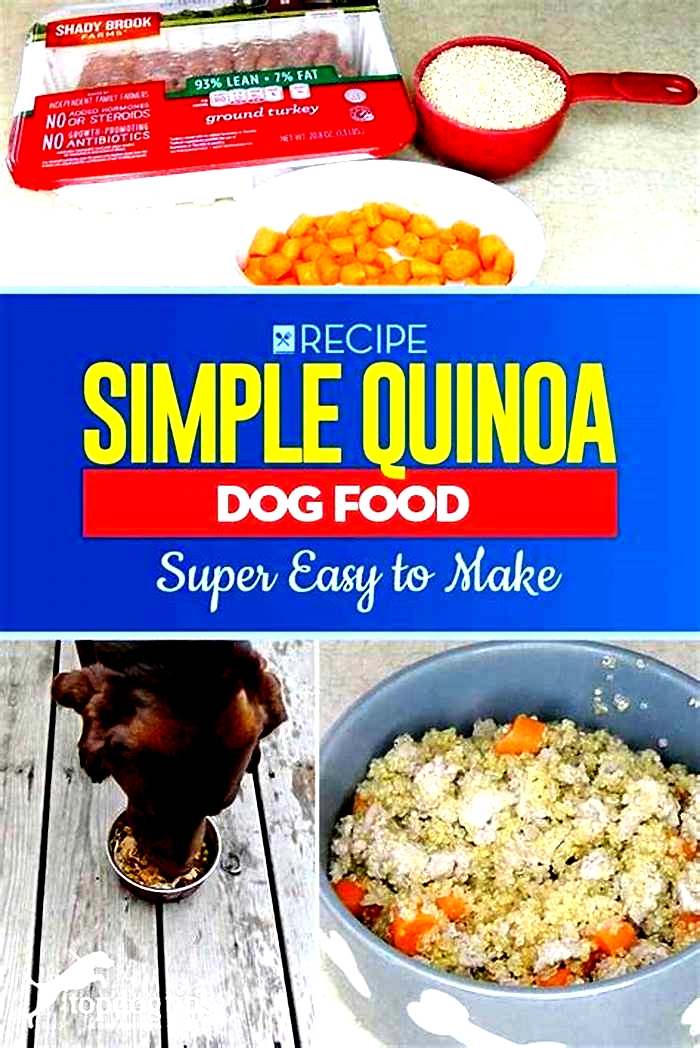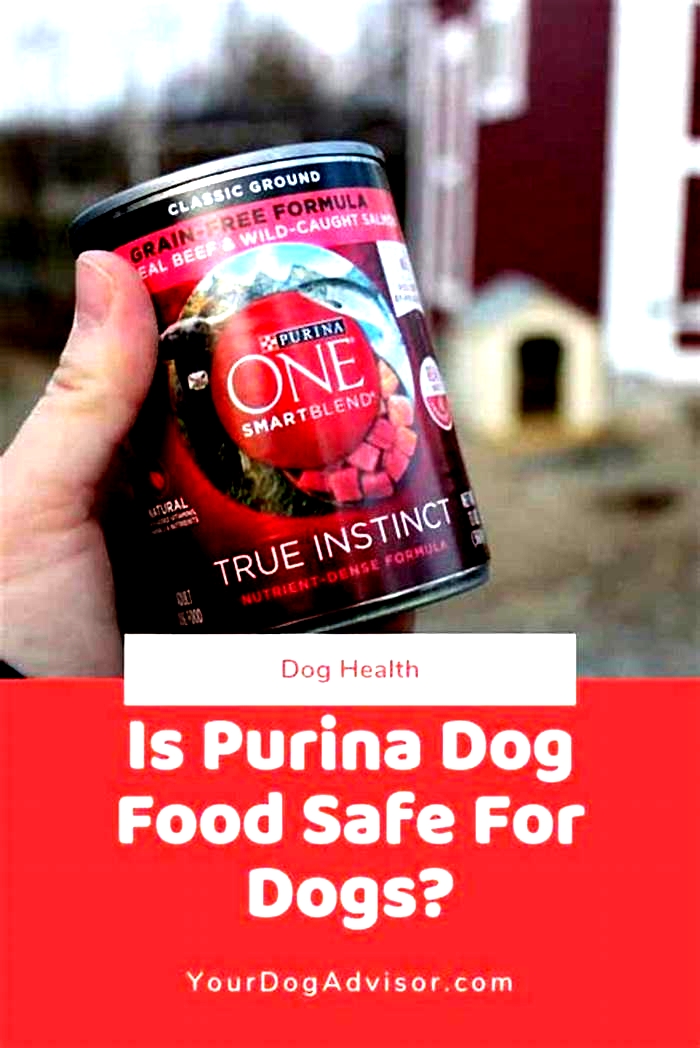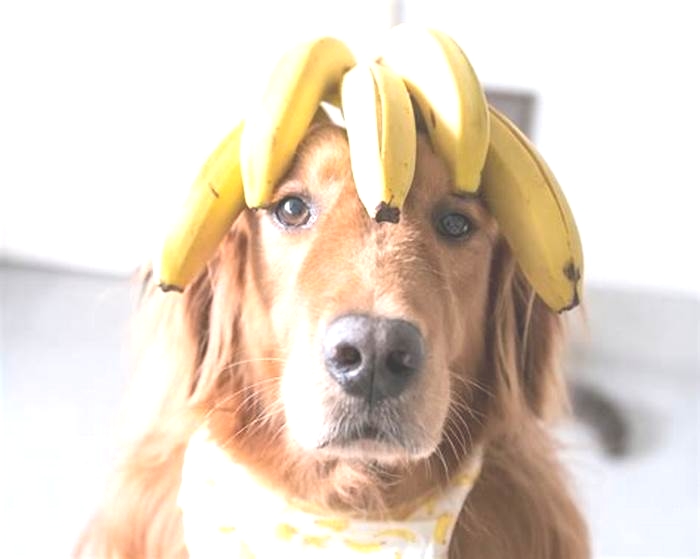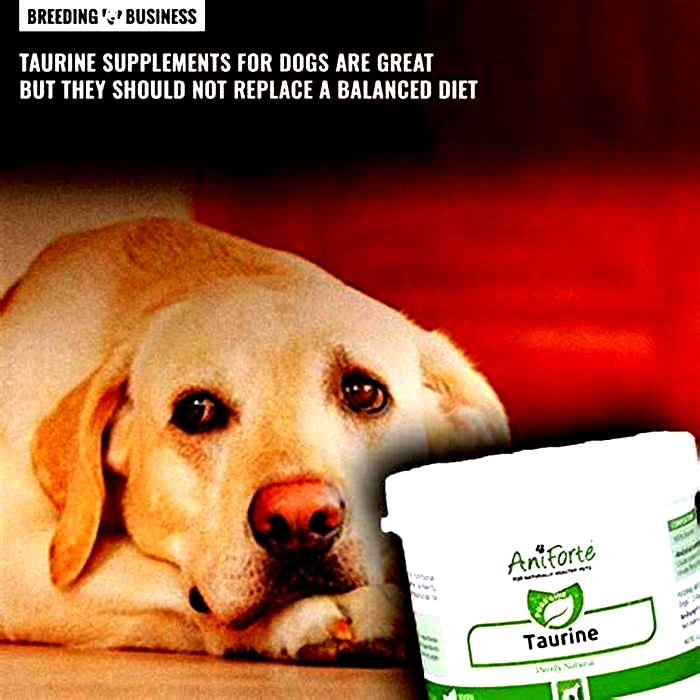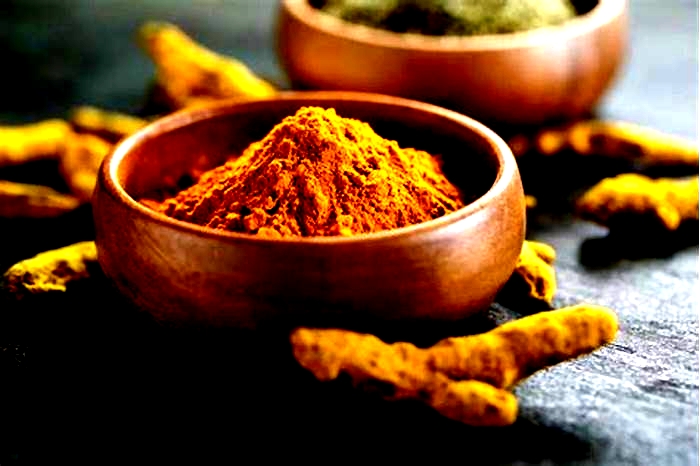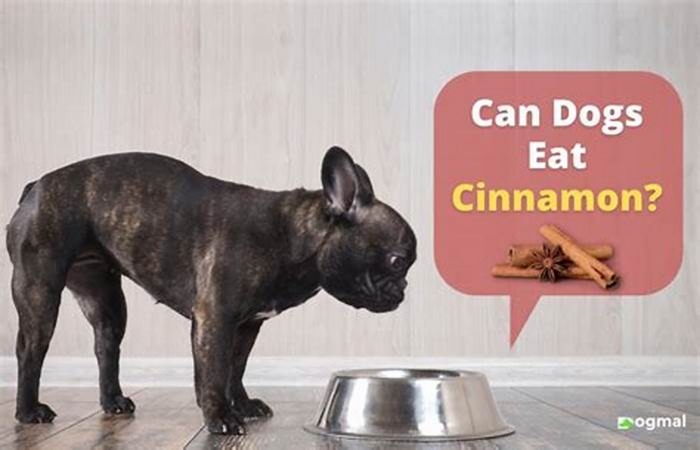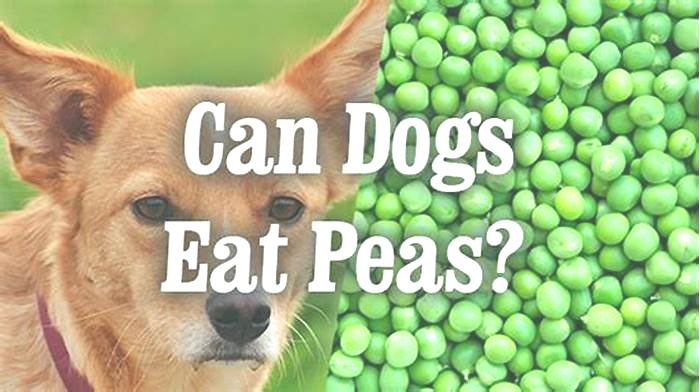Are chickpeas good for dogs
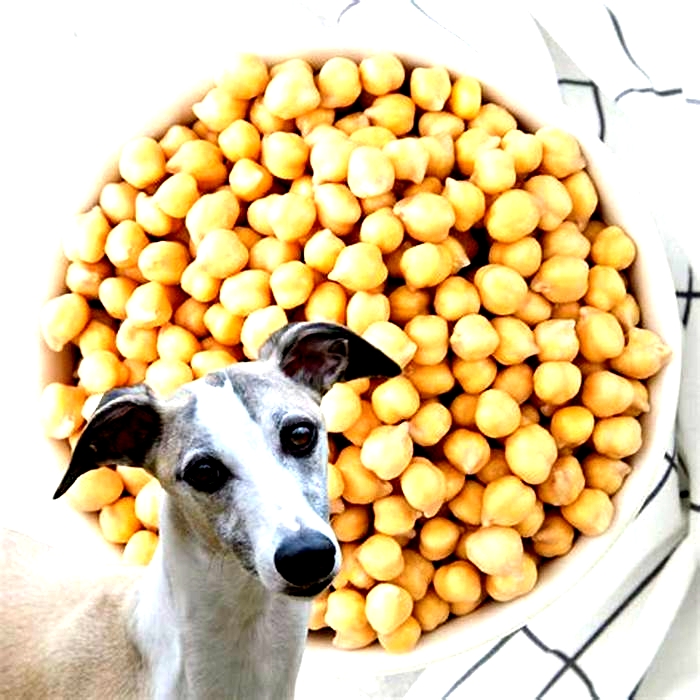
Chickpeas In Dog Food
The search to find the latest and greatest ingredient or superfood for dogs is continuously evolving.
Factors such as the level of protein the ingredient contains and its lack of saturated fats or salt are often pushed as important.
Other factors, such as the wide array of vitamins and minerals the ingredient contains, are also often brought up and explained as vital for bodily functions and health.
One such ingredient that has been becoming increasingly popular and heavily promoted is Chickpeas, otherwise known as Garbanzo Beans.
Supporters of Chickpeas say they offer a great balance of protein and fiber while being low in fat and abundant in vitamins and minerals.
That sounds like a no-brainer, right? However, there are some that have concerns with Chickpeas and other Legumes in pet food, and there is some evidence to support this.
Chickpeas for Dogs?
Yes, Chickpeas are a viable ingredient for dogs and are being more commonly used by dog food manufacturers across the globe as an ingredient in their formulas.
Indeed, for the past decade or so, there has been a substantial movement into grain-free pet food, giving rise to the use of alternative carbohydrate-providing ingredients such as Garbanzo Beans, Peas, and Sweet Potatoes.
For example, in the dry dog food market, according to pet-ingredients.com, Chickpeas were present in roughly 11.5 percent of the dog food recipes analyzed and roughly 8.4 percent of dry cat food recipes.
While its clear that the ratio of Chickpeas present in dog and cat food isnt as high as some other vegetable ingredients, like Rice, it is still significant and appears to be growing at a rapid pace.
But when you take a closer look at the nutrition that Chickpeas can offer dogs, then it is clear to see why their use has grown.
Chickpeas Nutrition
Lets break down the nutritional value that Chickpeas can provide for dogs starting with levels of the base nutrients.
One cup of cooked Chickpeas provides the following nutrition:
- 45g of Carbohydrates
- 14.5g of Protein
- 12.5g of Dietary Fiber
- 4.2g of Fat
Based on the above, some will say the keynotes are a high portion of protein and fiber anda low portion of fat. Now, lets explore further what our Chickpeas are really made of.
Protein Content
When compared to most other plant or vegetable ingredients, Chickpeas are a particularly dense source of protein. Protein is crucial in a dog and cats diet as it is used to repair, maintain, and grow a dogs or cats muscles and cells.
However, protein has other important roles for dogs and cats, such as the immune system.
It is very important to note that protein from vegetable or plant ingredients, such as Chickpeas, are considered somewhat inferior to protein from animal or fish sources.
This is because the protein lacks certain amino acids and is less bioavailable, which means it is harder to digest and absorb in the digestive system.
The best use of protein from plants and vegetables would be as a supplement to already satisfactory protein levels.
Fat Content
While Chickpeas are very low in fat, they contain a certain fatty acid known as Lecithin. If youve never heard of this, you are not alone, as Lecithin is not commonly known.
It is an essential part of cell production and can also help lower cholesterol, aid digestion, and improve heart health.
Fiber Content
Chickpeas are well known for providing a very high level of dietary fiber for pets and humans. The fiber found in Chickpeas is mostly insoluble fiber (roughly 75 percent).
Insoluble fiber will remain undigested until it reaches the final section of the large intestine, otherwise known as the colon.
Here comes the science; the insoluble fiber is then metabolized by the bacteria found in the colon. These bacteria produce short-chain fatty acids (SCFAs).
These little beauties are what feed the cells that line the wall of the intestine and thus keep your dogs gut in good health. The result of a healthy colon can reduce the risk of colon-related problems, including cancer.
Vitamin & Mineral Content
Potassium is one of a number of minerals that Chickpeas can provide. Potassium can help maintain and improve heart, muscle nerve, and kidney function, as well as maintain healthy blood pressure.
Magnesium is also present, which again is crucial for a dogs cells, especially the bones. It can also help prevent Diabetes.
Another mineral is copper, which aids with the production and storage of iron which is crucial for the production of red blood cells.
Folate is the first vitamin worth mentioning. It is imperative for DNA production as well as other bodily responsibilities.
Garbanzo Beans contain vitamin A, which is an important nutrient for sustaining healthy eyes.
Many of the B-complex vitamins are present, which are the foundation of providing multiple functions throughout the body.
Then the C vitamins can provide antioxidants, which may prevent, or delay, cell damage.
Overall, Chickpeas can provide a large range of minerals and vitamins. However, the levels of these arent enormous, and many other similar ingredients can provide these same vitamins and minerals, so one shouldnt get carried away.
Are Chickpeas Safe?
To ensure that they are safe to consume, you need to make sure that the Chickpeas are cooked plainly and do not, under any conditions, contain onion or garlic.
Onion and garlic are commonly found in preprepared Chickpeas or Chickpea products. These ingredients can be toxic or harmful to dogs and need to be avoided.
In addition, avoid feeding your dog processed foods made from Chickpeas, such as hummus, as they contain other additional ingredients that arent beneficial to dogs and can even be toxic.
However, you can be confident that Chickpeas that are contained in any commercial pet foods have been cooked appropriately and do not contain any additional toxic ingredients.
Chickpeas A Cause ofDilatedCardiomyopathy (DCM)?
This is a delicate and complex issue, and many of you will be unfamiliar with Dilated Cardiomyopathy, but it has recently been pushed into the spotlight.
Without going into too much detail, Dilated Cardiomyopathy is a disease that affects the heart of dogs. Some breeds are affected more than others, and in some cases, it can be fatal.
Some studies and evidence have shown that certain ingredients in commercial dog food can cause or increase the risk of the disease.
This includes common legumes like Peas, Chickpeas, and Lentils, as well as White Potatoes, Tapioca, and exotic meat ingredients like Venison.
This came to a head when the FDA (Food And Drug Administration) reported these findings in July 2018.
Since then some dog owners have chosen to transition their dogs away from dog foods that contain Chickpeas and other problem ingredients as a precaution.
However, at this time, the link between Dilated Cardiomyopathy and legumes like Chickpeas is not clear and not fully substantiated.
We do not recommend changing your dogs diet based solely on limited studies. Instead, we recommend you visit and discuss this with your vet.
For more information on Dilated Cardiomyopathy and dog food recipes that do not contain any problem ingredients, check out our articleBest Dog Foods Without Peas.
Chickpeas Summary
To summarise, Chickpeas are a nutritious ingredient and have a very satisfactory nutritional profile with a number of beneficial minerals and vitamins.
Chickpeas are likely to be increasingly used as many dog food brands shift away from grains and other low-quality fillers.
However, there need to be more studies into the effects of legumes like Chickpeas on conditions such as Dilated Cardiomyopathy to ensure that they are not causing serious health issues or harm to any animals.
What Dog Foods Contain Chickpeas?
A vast number of dog food brands utilize Chickpeas as a source of high-quality carbohydrates. This long list of brands includes many premium and luxury pet food brands such as Orijen, Acana, Merrick, Fromm, Natures Variety,Canidae, Weruva, and Zignature.
Below are a few dog food formulas that we have rated very highly because they provide great nutrition from high-quality ingredients. Both of these recipes contain Chickpeas.
Natures Variety Instinct Original Beef Review
Merrick Real Rabbit + Chickpeas Review
What Dog Foods Do Not Contain Chickpeas?
Just because Chickpeas are a favorite ingredient and are used by many of the mainstream brands does not mean that they are in all dog food.
Some brands have recipes without chickpeas. These include Natures Variety Instinct, Merrick, Natures Logic, Victor, Earthborn Holistic, and Taste of the Wild.
Below are some of our favorite Chickpea-free recipes. These recipes make use of other high-quality carbohydrate ingredients like Peas, Lentils, and Sweet Potatoes.
As we mentioned earlier, if you are looking for recipes that are completely free of Chickpeas and other legumes like Peas and Lentils, then check out our article Best Dog Foods Without Peas.
Can Dogs Eat Chickpeas? A Comprehensive Guide
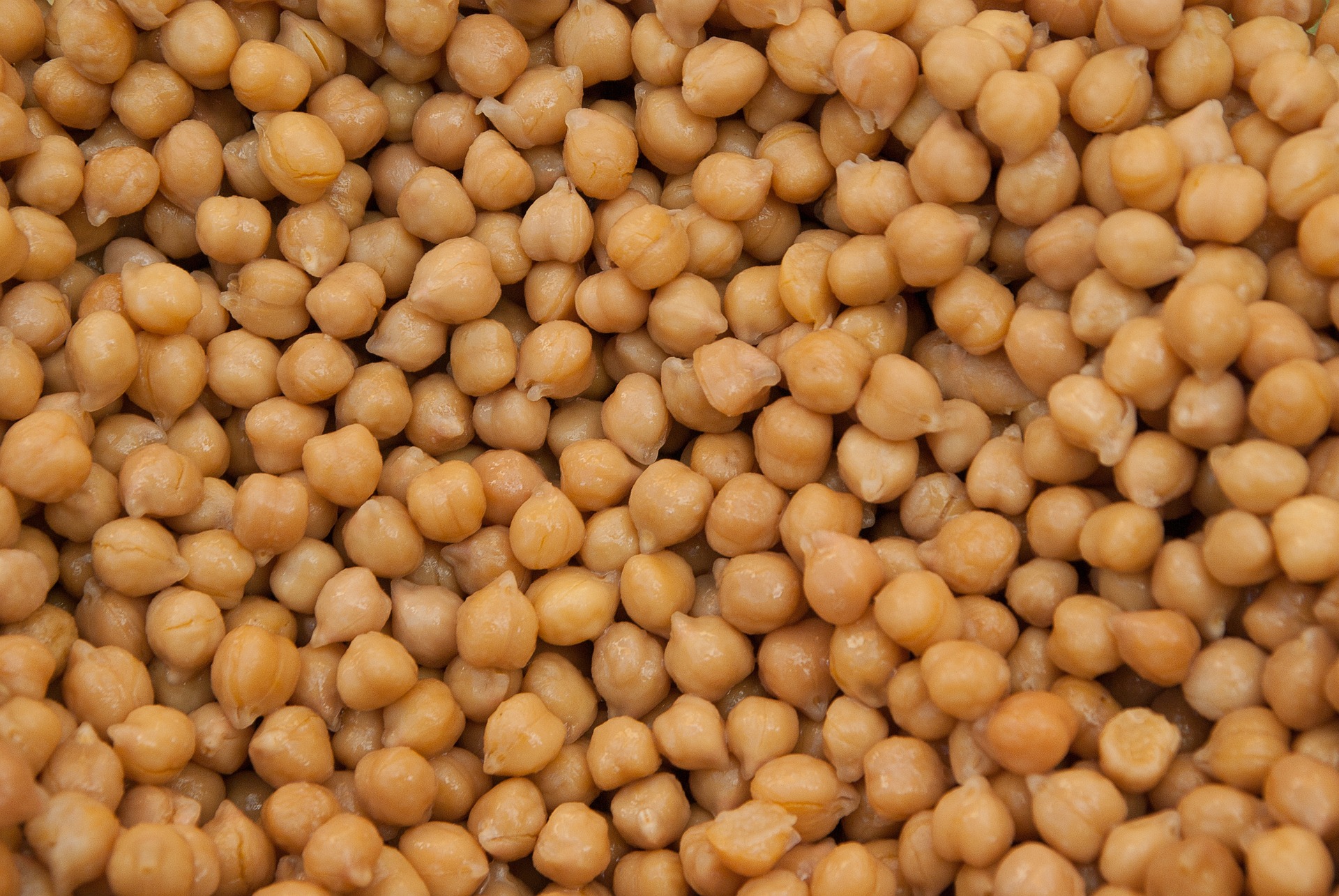
Chickpeas, also known as garbanzo beans, are a staple in many kitchens due to their health benefits. Rich in protein, fibre, and essential nutrients, theyre not just a favorite among humans but are often considered for inclusion in our furry friends diets. But can dogs eat chickpeas? This article dives into the details to look at the safety precautions needed.
Are Chickpeas Good For Dogs?
Generally, chickpeas can be beneficial, but, there are scenarios where chickpeas might not be suitable for every dog:
- Allergic Reactions: Although rare, some dogs may be allergic to chickpeas. Symptoms of an allergic reaction include itching, swelling, and digestive upset. Discontinue use if you notice these signs.
- Gastrointestinal Issues: Due to their high fiber content, chickpeas may cause upset stomachs, especially in dogs not used to fiber-rich diets.
- Canine Obesity: While nutritious, chickpeas are calorie-dense. They should be given in moderation, especially to overweight dogs.
How Many Chickpeas Can Dogs Eat?
Determining the appropriate amount of chickpeas for dogs based on their size is important to avoid any digestive issues and ensure they are receiving a balanced diet. Heres a guideline for how much a dog can generally eat:
- Extra Small Dogs (<10 lbs): Start with a very small amount, about less than 1 teaspoon of cooked, mashed chickpeas. Monitor their reaction.
- Small Dogs (10-25 lbs): For small dogs, begin with 1 teaspoon of cooked, mashed chickpeas.
- Medium Dogs (25-60 lbs): Medium-sized dogs can start with about 2-3 teaspoons of cooked, mashed chickpeas.
- Large Dogs (60-100 lbs): Large dogs can begin 1 tablespoon of cooked, mashed chickpeas.
- Giant Dogs (100+ lbs): Start with 1-2 tablespoons of cooked, mashed chickpeas for giant breeds.
Its crucial to remember that chickpeas should only make up a small portion of your dogs diet, ideally less than 10% of their daily calorie intake. This ensures they are primarily eating a well-balanced pet food diet formulated for their specific nutritional needs. Always introduce new foods gradually and consult with your veterinarian to ensure that these recommendations fit your dogs health status and dietary needs.
Nutritional Benefits of Chickpeas
Chickpeas are packed with various nutrients beneficial for dogs:
- Protein: Chickpeas can be a great source of protein, which is essential for muscle growth and repair, making them a great option for vegetarian diets.
- Fiber: Aids in healthy digestion and helps maintain a healthy gut.
- Vitamins and Minerals: Chickpeas are a good source of vitamin A, vitamin B, and vitamin C, as well as minerals like potassium and magnesium, which support overall health.

Preparation Tips
While chickpeas are non-toxic and generally safe for dogs, there are some considerations to keep in mind:
- Dried Over Canned: Choose dried chickpeas when possible, as they dont contain the added sodium and preservatives found in many canned versions. If you use canned chickpeas, select a low-sodium version and rinse them thoroughly to remove any excess salt and preservatives.
- Soak Before Cooking: Soak dried chickpeas in water for at least 12 hours before cooking. This helps to reduce cooking time and makes them easier to digest.
- Cook Thoroughly: Always cook chickpeas thoroughly before offering them to your dog.
- Keep It Plain: Do not add salt, garlic, onion, or any spices when preparing chickpeas for your dog, as these can be toxic to dogs.
- Mash for Easier Digestion: Mashing cooked chickpeas can make them easier for your dog to eat and digest, especially for smaller dogs or those with sensitive stomachs.
- Introduce Gradually: When introducing chickpeas to your dogs diet, start small to monitor their reaction.
- Moderation is Key: Chickpeas should only make up a small portion of your dogs diet and thus, should only be served as an occasional treat or supplement to their regular diet.
Allergies
Allergies to chickpeas in dogs, while not extremely common, can occur. Like humans, dogs can develop allergies to nearly any food, and chickpeas are no exception. If your dog is allergic to chickpeas, their immune system will mistakenly identify proteins found in chickpeas as harmful, leading to an allergic reaction. Here are some signs and symptoms that may indicate your dog is allergic to chickpeas:
- Skin Irritations: This is one of the most common symptoms of food allergies in dogs. You may notice itching, redness, or rashes.
- Gastrointestinal Issues: Allergic reactions can also manifest as digestive problems. Symptoms may include vomiting, diarrhea, excessive gas, and abdominal pain.
- Respiratory Issues: Though less common, some dogs might experience respiratory problems due to food allergies, which include symptoms like coughing, wheezing, or difficulty breathing.
- Chronic Infections: Dogs with food allergies, including allergies to chickpeas, may experience recurrent ear infections or skin infections due to the constant irritation and scratching.
- Behavioral Changes: The discomfort caused by allergies might lead to changes in behavior, such as lethargy, restlessness, or even aggression due to irritation and pain.
Its important to note that these symptoms are not exclusive to chickpea allergies and can be indicative of allergies to other foods or environmental factors. If you suspect your dog has a food allergy, its crucial to consult with a veterinarian. Always seek professional guidance before making significant changes to your dogs diet to ensure their nutritional needs are met safely and effectively.
Chickpeas can be a healthy snack when prepared correctly and served in moderation. They provide a variety of vitamins and minerals that can support your dogs health. However, its essential to observe your dog for any adverse reactions after introducing new foods. Always consult with your veterinarian before making significant changes to your dogs diet, especially if your dog has pre-existing health conditions.
FAQ
Can Dogs Eat Chickpeas Raw?
It is not recommended to feed raw chickpeas to dogs. Raw chickpeas contain substances that can be difficult for dogs to digest and may lead to an upset stomach or other digestive issues. For the safety and health of your dog, its best to serve chickpeas cooked and without any added salt, spices, or oils. Cooking chickpeas makes them easier for dogs to digest, making them a better, safer option for your canine friend.
Can Dogs Eat Chickpeas From a Can?
It depends on the can of chickpeas. Canned chickpeas that are filled with salt, seasonings, or oils can be harmful to dogs. Always be sure to check the label, and if selecting canned chickpeas, opt for ones in water without any additives like sodium. Other added ingredients or seasonings, like onions and garlic can be toxic and harmful to pets, so beware. First consult with a vet before letting your dog eat any kind of chickpeas to ensure it aligns with their specific health needs.
Can Dogs Eat Chickpeas and Lentils?
Dogs can eat lentils in moderation and if they are prepared properly. As with chickpeas and other legumes, lentils should be cooked thoroughly before feeding them to your dog to improve digestibility and to eliminate potential harmful factors like lectins and phytic acid. Raw lentils should be avoided as they can cause digestive upset. When introducing lentils into your dogs diet, do so gradually to ensure they do not have an adverse reaction, and always ensure lentils are plain, without added spices or ingredients that could be harmful. Remember, lentils should only be a small part of a well-balanced diet tailored to your dogs specific nutritional needs. Be sure to contact a veterinarian first to ensure lentils are safe for your specific pup.
Can Dogs Eat Chickpea Pasta?
Dogs can eat a bit of chickpea pasta, made out of chickpea flour, in moderation. When cooked plainly and without added seasonings or sauces, a little bit occasionally can be okay. Be sure to first contact a vet to see if pasta is safe for your dogs health needs.
Can Dogs Eat Hummus?
Despite chickpeas being a main ingredient in hummus, it is not safe to feed your dog. Common ingredients in hummus include things like lemon juice, garlic, onions, paprika, and other additives that are harmful or even toxic to dogs. Thus, offering your dog a replacement snack like homemade dog treats, using dog-safe ingredients, or just sticking to their regular commercial dog food is a much healthier and safer option.
Recipes
When incorporating chickpeas into your dogs diet, its essential to keep recipes simple and free of any ingredients that could be harmful to them. Here are some easy and dog-friendly chickpea recipes to consider:
Plain Cooked Chickpeas
- Ingredients:
- Instructions:
- Soak dried chickpeas overnight in plenty of water. Drain and rinse them the next day.
- Place the soaked chickpeas in a large pot and cover with water. Bring to a boil, then reduce the heat and simmer until they are tender (about 1-2 hours).
- Drain the chickpeas and allow them to cool completely.
- Serve a small amount of the cooked chickpeas mashed, ensuring they are plain without any added salt, spices, or garlic.
Chickpea and Chicken Dog Food
- Ingredients:
- 1 cup cooked, mashed chickpeas
- 1 cup cooked, finely chopped chicken (ensure its cooked without any harmful seasonings or oils)
- 1/2 cup cooked carrots, mashed
- 1/4 cup water
- Instructions:
- Mix the cooked, mashed chickpeas, cooked chicken, and mashed carrots in a large bowl.
- Gradually add the chicken broth or water until the mixture is well combined but not too wet.
- Serve this mixture as a part of your dogs meal or as a special treat. Ensure its cooled down to room temperature before serving.
Remember:
- Always introduce new foods into your dogs diet gradually to monitor for any adverse reactions or allergies.
- Consult your vet before making significant changes to your dogs diet.
- These treats should not replace your dogs regular diet but can be given occasionally as a snack.

